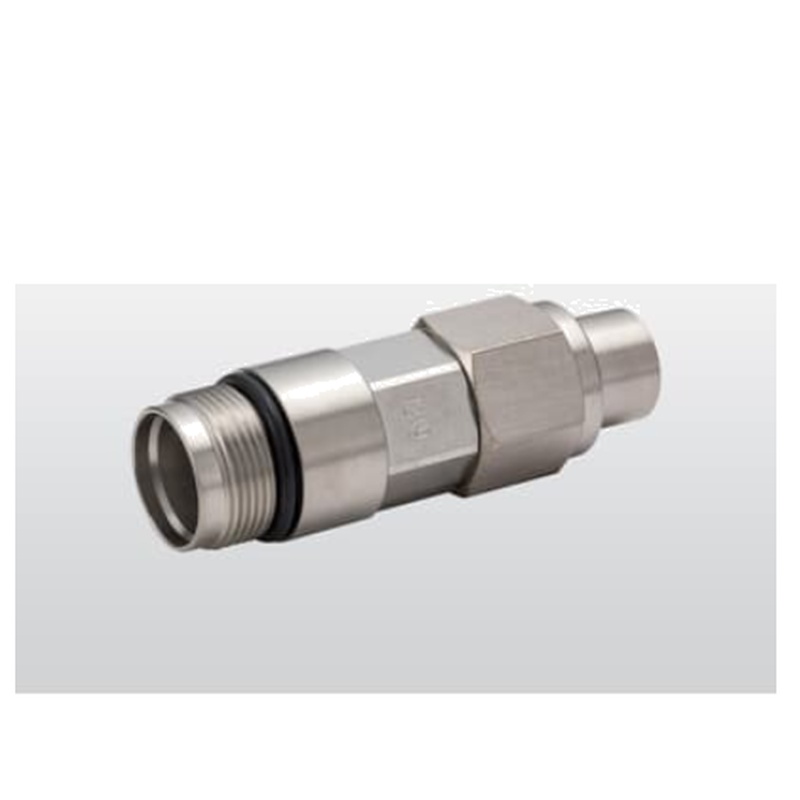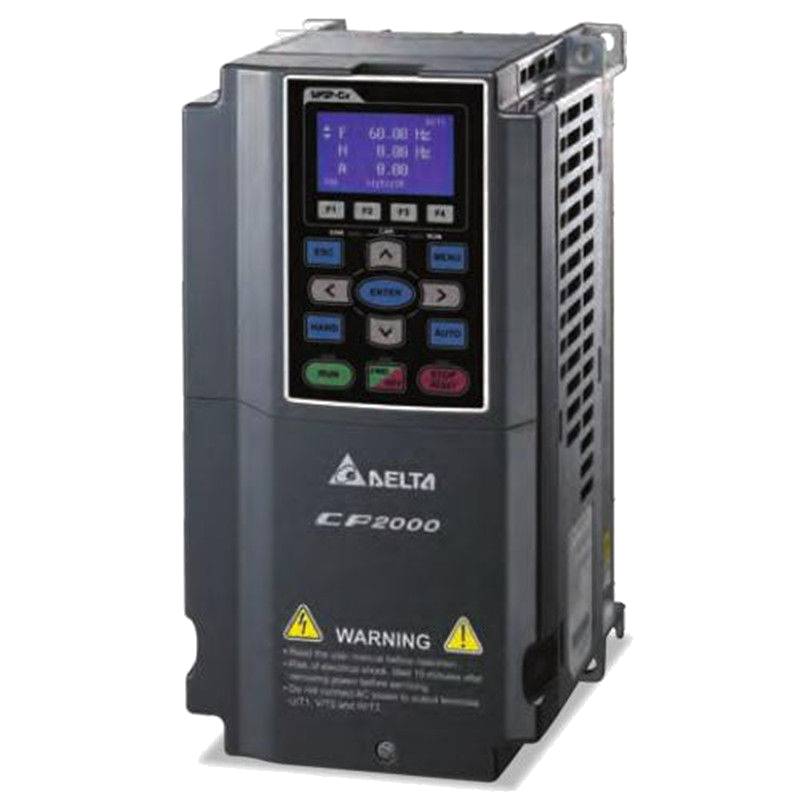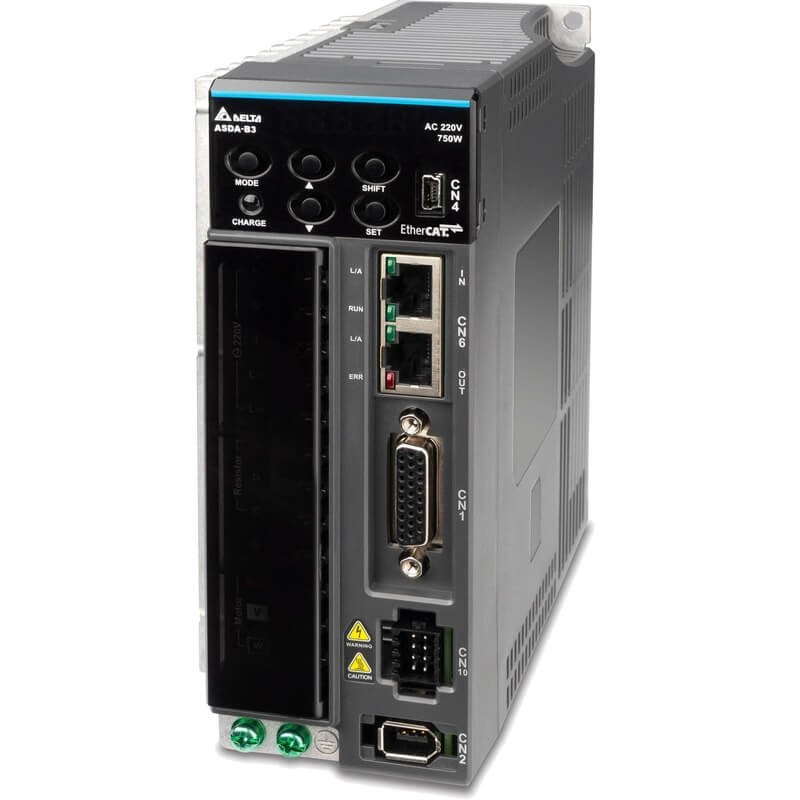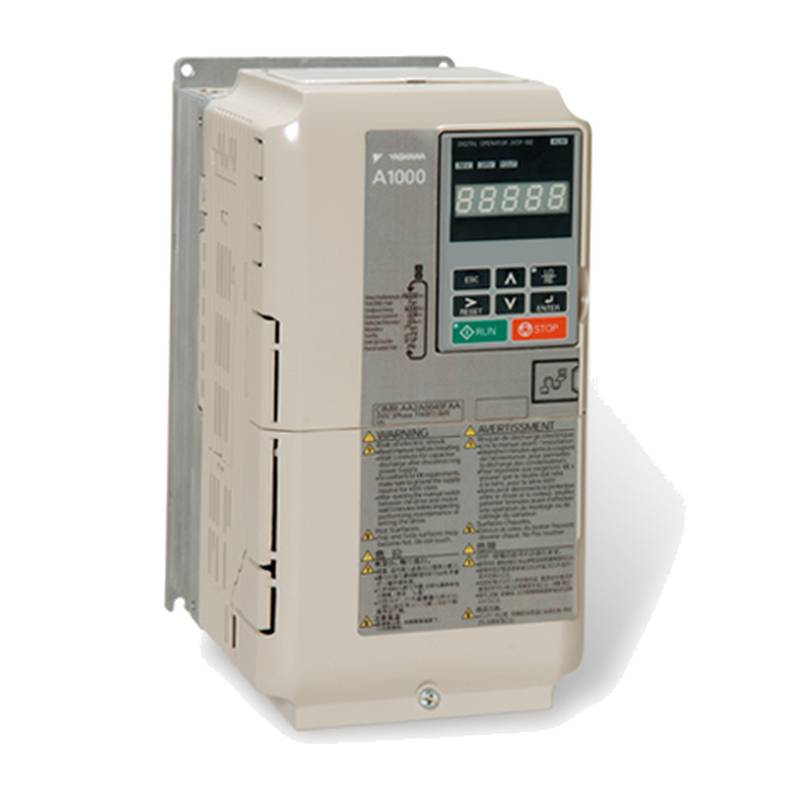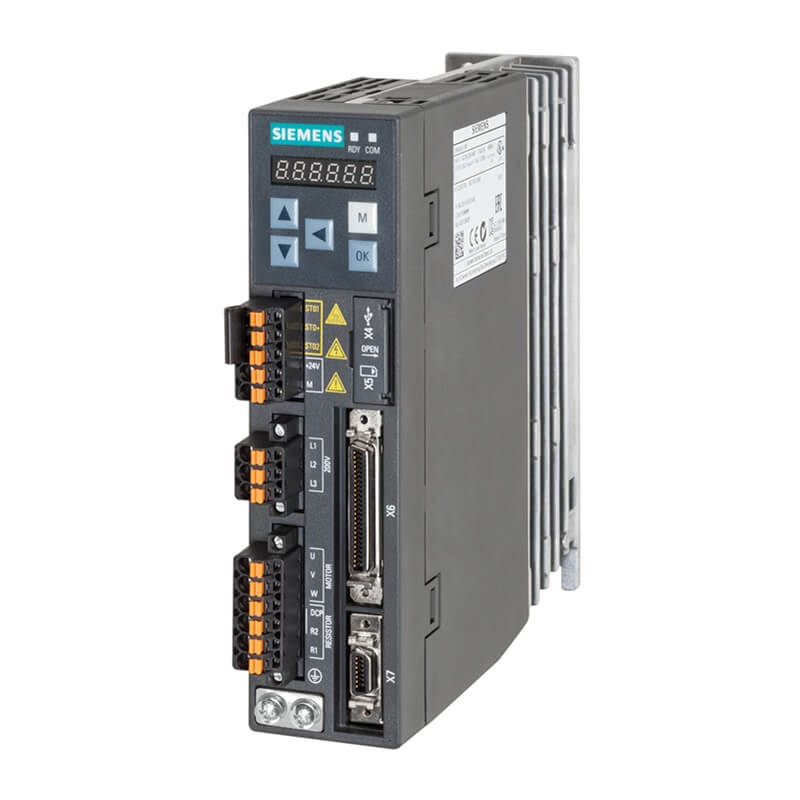
The ABB 4D10146 EX accessory kit (12x9) is a crucial component for enhancing the functionality and safety of ABB robot installations in potentially hazardous environments. This kit provides essential accessories designed for specific applications, ensuring robust performance and compliance with stringent safety standards. Key advantages include its specialized design for explosion-proof environments, ensuring operational integrity where flammable materials or explosive atmospheres are present. The core features revolve around enabling safe and reliable connections and mounting for robot peripherals within these demanding settings. Technical parameters, such as its IP rating and operating temperature range, are critical for deployment in challenging industrial conditions.
Product Specifications
| Feature | Specification |
| :------------- | :------------------------------ |
| Product Number | 4D10146 EX |
| Dimensions | 12x9 (specific units not stated)|
| Compatibility | ABB Robots |
| Environment | Explosion-proof (EX) |
Core Features & Market Positioning
The ABB 4D10146 EX accessory kit distinguishes itself through its dedicated design for ATEX-certified zones, a critical differentiator in industries like chemical processing, oil and gas, and pharmaceuticals. This kit is engineered to meet rigorous safety regulations, ensuring that robot systems can operate reliably without becoming an ignition source. Its market positioning is as a specialized solution for integrators and end-users who require uncompromising safety and performance in hazardous locations. The "EX" designation signifies adherence to explosion protection standards, a vital aspect for companies prioritizing risk mitigation and operational continuity in sensitive environments.
Key Application Scenarios
This accessory kit finds its primary utility in robotic applications situated within Zone 1 or Zone 2 hazardous areas. This includes tasks such as material handling, assembly, dispensing, or inspection where flammable gases or vapors may be present. For instance, in chemical plants, robots equipped with the 4D10146 EX kit can safely perform tasks like drum filling or sampling. Similarly, in the oil and gas sector, it can facilitate maintenance or inspection activities on offshore platforms or in refineries. The kit's robustness ensures it can withstand the environmental challenges typical of these sectors, providing a reliable foundation for automated processes that must adhere to strict safety protocols.
Practical System Integration Guidance
Integrating the ABB 4D10146 EX accessory kit requires careful attention to grounding and sealing to maintain its explosion-proof integrity. Installers must ensure that all connections are made using approved explosion-proof conduits and fittings, following the specific guidelines provided in the ABB robot documentation and relevant ATEX directives. Proper sealing of cable entries and enclosures is paramount to prevent the ingress of explosive atmospheres. Electrical connections should be performed by certified personnel experienced in hazardous area installations. The kit's components are designed for direct interface with ABB robot controllers and peripheral equipment, but thorough pre-installation checks of compatibility and correct assembly are essential for a safe and functional setup.
Operation and Risk Mitigation
Safe operation of robotic systems utilizing the 4D10146 EX kit centers on maintaining the integrity of the explosion-proof enclosures and connections. Regular inspections for any signs of damage to seals, cables, or enclosures are critical. Operators must be trained on the specific safety protocols for hazardous areas, including emergency shutdown procedures and the implications of exceeding the kit's specified environmental limits. While this kit is designed to prevent ignition, it does not eliminate all risks associated with hazardous environments. Any fault codes related to power supply interruptions, sensor failures, or communication errors should be addressed immediately by qualified personnel, as these could potentially compromise the safety features if not rectified.
Scalability & Long-Term Value
The ABB 4D10146 EX accessory kit is designed to integrate seamlessly with ABB's broader robot portfolio, offering a degree of scalability for future expansions or upgrades. Its compatibility with various ABB robot models ensures that as production needs evolve or new robotic solutions are implemented, the existing safety infrastructure can be leveraged. This long-term value is further enhanced by ABB's commitment to providing ongoing support and updates for their products. For companies investing in digital transformation and IIoT, the robust and safe foundation provided by this kit allows for the secure integration of robots into networked manufacturing environments, enabling data collection and remote monitoring without compromising safety standards in hazardous locations.
Frequently Asked Questions
What is the primary purpose of the ABB 4D10146 EX accessory kit?
This kit is specifically designed to enable ABB robots to operate safely in explosion-proof environments. It includes essential components for maintaining the integrity of hazardous area installations. The primary goal is to prevent any potential ignition sources from the robot system.
It ensures that the robot and its accessories comply with stringent safety regulations for areas where flammable gases or dust may be present. This is crucial for industries such as chemical, pharmaceutical, and oil and gas. Proper installation guarantees operational safety and regulatory compliance.
The accessory kit provides a reliable interface and mounting solutions suitable for ATEX-certified zones. It allows for the safe integration of peripherals, maintaining the required protection levels. This enhances the overall safety profile of automated processes in hazardous locations.
How does the 12x9 dimension relate to the kit's application?
The 12x9 dimension likely refers to the physical size or mounting footprint of specific components within the kit. These dimensions are critical for ensuring proper fit and integration with existing robot bases or control cabinets. Precise sizing is essential for maintaining enclosure seals and preventing ingress.
Accurate dimensional data ensures that the kit's components will seamlessly interface with other equipment, such as junction boxes or cable glands, in an explosion-proof setup. This prevents gaps or misalignments that could compromise safety. It aids in planning installation space effectively.
Users must confirm the exact units (e.g., inches, millimeters) and the specific components these dimensions apply to, based on detailed product datasheets. This ensures correct selection and installation for the intended hazardous area classification. Understanding these measurements is key for physical compatibility.
What types of environments is the 4D10146 EX accessory kit designed for?
The "EX" designation indicates that this kit is engineered for use in potentially explosive atmospheres, as defined by ATEX directives. These environments pose a risk of ignition due to the presence of flammable gases, vapors, or dust. It is suitable for Zone 1 and Zone 2 hazardous areas.
Typical industries include chemical manufacturing, petrochemical plants, pharmaceutical production, and areas handling volatile substances. Anywhere flammable materials are processed, stored, or transported, this kit provides a safety solution. It is vital for compliance in these sectors.
The kit's design prevents the robot system from becoming a source of ignition, such as through sparks or excessive heat. This ensures that the robot can perform its tasks without increasing the risk of an explosion. Its robustness is key for harsh industrial conditions.
Can this accessory kit be used with any ABB robot model?
While designed for ABB robots, compatibility is not universal across all models. The 4D10146 EX kit is intended for specific robot series or configurations that require explosion-proof capabilities. Users must verify compatibility with their particular robot model and controller.
ABB provides detailed compatibility matrices or technical documentation that lists which robot platforms and controller versions the 4D10146 EX accessory kit supports. This ensures correct selection and seamless integration without compromising safety features. Always consult official ABB resources.
The kit's dimensions and electrical interfaces must match the robot's specifications for proper installation. Ensuring this match is crucial for maintaining the integrity of the explosion-proof enclosure and electrical connections. Proper verification prevents costly errors and safety hazards.
What are the main technical specifications to consider for this kit?
Key technical specifications include its explosion protection classification (e.g., Ex II 2 G D), ingress protection (IP) rating, and operating temperature range. These define the environmental limits within which the kit can safely function. Understanding these is critical for application suitability.
The specific ATEX certification details will indicate the zones and types of explosive atmospheres (gas, dust) for which the kit is approved. Its construction materials and sealing methods are designed to meet these stringent safety requirements. Proper documentation is essential.
Users should also consider electrical specifications like voltage ratings, current handling capacity, and connection types. The kit's physical dimensions, mounting options, and weight are also important for system design and installation planning. Always refer to the official product datasheet for precise details.
Are there specific installation procedures for the 4D10146 EX accessory kit?
Yes, installation must strictly adhere to ATEX directives and ABB's guidelines for hazardous areas. This involves using approved explosion-proof conduits, glands, and sealing techniques to maintain enclosure integrity. Proper grounding is also paramount.
Installation should only be performed by qualified personnel experienced in hazardous area electrical work. They must ensure all connections are secure, all seals are intact, and the entire system is properly bonded to prevent static discharge. Follow manufacturer instructions meticulously.
Incorrect installation can compromise the explosion-proof rating, creating a significant safety hazard. It is essential to document the installation process thoroughly for compliance and future maintenance. Regular inspections after installation are also recommended.
What kind of maintenance is required for this accessory kit?
Regular visual inspections are crucial to check for any signs of damage to seals, cables, enclosures, or connectors. These inspections should be part of the routine safety checks for hazardous area equipment. Maintain a log of all inspections and findings.
Cleaning should be done according to specifications, avoiding methods or materials that could damage seals or create static electricity. If any component shows signs of wear or damage, it must be replaced immediately with an approved part. Follow ABB’s maintenance schedule.
Preventative maintenance, as outlined by ABB, is essential to ensure the continued safe operation and explosion-proof integrity of the kit. This might include periodic testing of seals or electrical continuity checks. Qualified technicians should perform any required maintenance.
How does this kit contribute to overall robot system safety in hazardous areas?
The kit ensures that the robot system itself does not become an ignition source within the hazardous environment. It achieves this through robust enclosure designs, secure cable management, and methods to prevent electrical arcing or excessive heat generation. This is its core safety function.
By complying with ATEX standards, the 4D10146 EX accessory kit allows robots to be deployed in applications where they previously could not operate safely. This expands the possibilities for automation in sectors with inherent risks, thereby improving process safety. It facilitates controlled automation.
It integrates specialized safety features, such as intrinsically safe barriers or explosion-proof junction boxes, to isolate electrical circuits and prevent the propagation of an explosion. This protection is vital for personnel and facility safety. The kit is a key enabler of safe automation.
Where can I find the official technical documentation for the 4D10146 EX accessory kit?
The official technical documentation, including datasheets, installation manuals, and compatibility guides, is available directly from ABB. You can typically access these through the ABB Robotics website, often in the product support or documentation sections.
You may need to register for an account or have a customer login to download certain documents. Searching for the product number "4D10146 EX" on the ABB website should direct you to the relevant product page or documentation library. Contact ABB support if you face difficulties.
Always ensure you are accessing the most current version of the documentation to ensure compliance with the latest safety standards and product updates. The documentation will contain critical details on specifications, installation, and maintenance. It is the definitive source of information.
What are the implications of using a non-certified accessory with an EX-rated robot system?
Using non-certified accessories with an EX-rated robot system completely voids its explosion-proof certification. This creates a severe safety hazard, as the system may no longer meet the required protection levels for hazardous environments. It can lead to ignition and explosions.
It is illegal and highly dangerous to operate a robot system in a hazardous area without all components being properly certified and installed according to regulations. This can result in significant fines, operational shutdowns, and severe liability in case of an incident. Compliance is non-negotiable.
Always insist on using genuine ABB-certified accessories, like the 4D10146 EX kit, when working in hazardous locations. Any deviation from certified components or installation practices undermines the entire safety design and puts personnel and assets at extreme risk. Safety must be prioritized.














